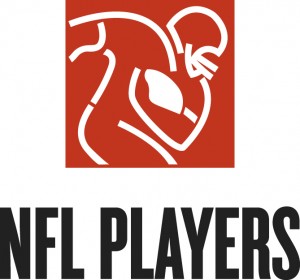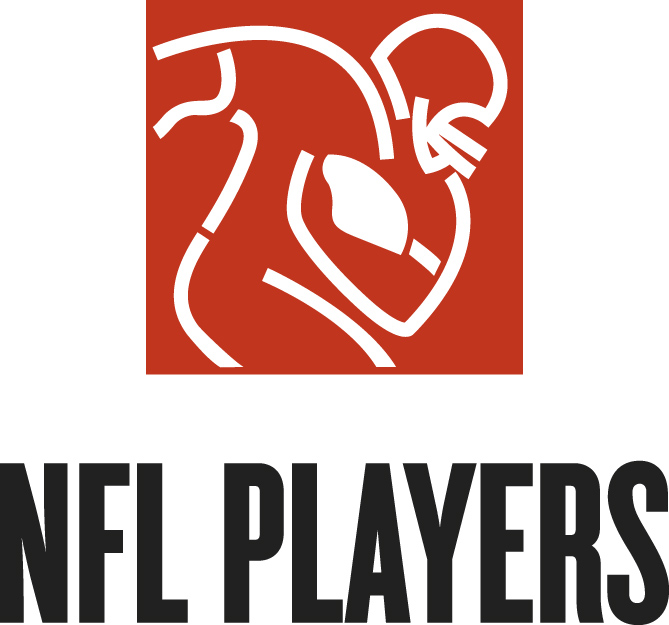The following article is a guest contribution from Evan Brennan. Mr. Brennan an NFLPA Certified Contract Advisor and is a current student at Chapman Law School. He holds a Master’s degree in Sports Management from California State University at Long Beach, and a Bachelor’s degree from Brigham Young University. He has worked in athlete public relations, marketing, and other areas for various sports professionals and companies for years. Follow him at @brennansports on Twitter.
Recruiting is fully underway for various NFLPA Certified Contract Advisors. Student-athletes across the country are having their phones buzz from phone calls from prospective representatives and meetings are occurring probably daily at any given campus with some agent.
Players are likely to hear a number of different pitches about a number of different things that an agent can offer, but one thing that may not be the most obvious to the player is the idea of conflicts of interest, especially among rookie players.

First of all, what is a conflict of interest? At the risk of being too legally jargon-based to answer this question, it is when the representation of one client will be adverse to another or that the representation of one client will pose significant risk and materially limit the responsibilities that an agent has to the other (ABA Model Rule 1.7). In more layman’s terms, it is when representing one client may hurt the other in the process, or at least materially hinder the fiduciary duty that the NFLPA dictates all agents have to their clients, attorney or not.
The NFLPA is clear is in its prohibition against conflicts of interest, as it states in its rules to all NFLPA agents: “Engaging in any other activity which creates an actual or potential conflict of interest with the effective representation of NFL player” is prohibited.
Beyond this, how does it occur? A conflict of interest’s occurrence most likely crops up with the representation of another player who plays the same position and is in the same draft class as the first party player, by the same agent. Other possible areas of conflicts of interest include the representation of a NFL executive or coach, although there is a section of the NFLPA’s Standard Representation Agreement that dictates an agent must disclose those types of individuals to players that he attempts to represent.
Possible undrafted free agents also need to consider conflicts of interest as well. One of the most important roles that an agent can have on their behalf is promotion to various scouts and other NFL personnel. Knowing that a rookie player’s agent may also be doing the same for (or better) for said player’s direct competition for a contract, roster spot, etc. at the same position and in the same draft class, is likely not a scenario that a rookie player wants to contemplate and undergo to their possible detriment.
Those players hoping to play in certain all-star games also need to take this into consideration as well. Agents, to a certain extent, can have an effect on who gets an invite, but there are limited slots available per position in each game. Harm could undoubtedly befall a player where an agent is forced to push one player to a game, but hinders his ability to secure a spot in the same game, at the same position for another. One must keep in mind that there are only four all-star games this season of particular consequence, and therefore there are, per position, very scarce spots available. Having an issue with a conflict in representation, as it relates to promotion for an all-star game this year, could have larger consequences than previous years. Beyond this, after the draft, when contracts are being offered at a very rapid pace players could be harmed if there exists any other player in which he must compete with within his own representation and same position to the best possible spot for him to make a roster.
Is it really an issue? In looking at the to other side, one can make the argument that all NFL players, to some degree, are all unique in terms of talent, size and abilities. Therefore, according to this argument, even if two players do play the same position there is no a conflict of interest due to the fact that the NFL will chose a player on some very small minutia, unique and personal, psychological, and physical characteristics, and not the broader picture that leads to conflict tendencies. Whether or not this argument passes the NFLPA’s and other’s muster as acceptable or accurate has not been currently and unequivocally decided. It is left up to the players being recruited if said argument does indeed hold sufficient water to warrant signing off on regardless.
As Alex Smith found out with Peyton Manning and the use of the same agent, where other issues within this one issue could arise, is later down the road. In a very limited free agent market, an agent could have two candidates at the same position, and be stuck in a situation of favoritism, bias, and conflict in their representation for that single spot on a roster and its contract. Before a player signs off on an agent solely due to the impressive nature of one’s client roster, said player would be wise to take some consideration into Smith’s scenario. This is especially true if he is a player that is projected to go high in the draft, and thereby likely to have a free agent situation after his initial contract expires.
In sum, players contemplating an agent would be wise to ask questions, see how many players an agent plans on taking on board, who else said agent is recruiting, what positions they play, and their projected draft stock. Doing so can give them information which can aid them in their choice of representation. It also gives them leverage and can help hold the agent accountable through termination later on, if what promises the agent ascribed himself to were not kept. Agents should be forthcoming with all this information to a prospective client, and any evasiveness or timidity in doing so should not to be looked highly upon.
